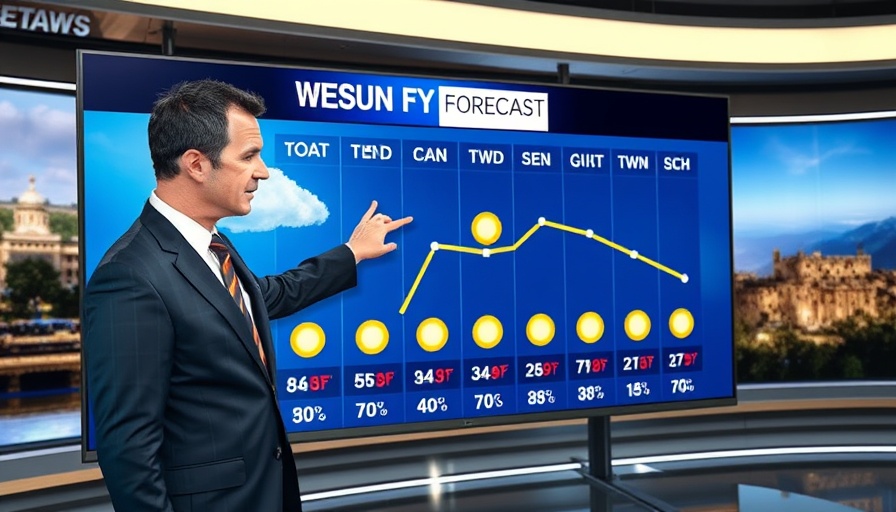
Serbian Political Landscape in Turmoil
The political atmosphere in Serbia has reached a boiling point, rooted in public dissent against President Aleksandar Vucic's government. In a striking reflection of the country’s deepening political crisis, two opposing camps converged in parallel rallies on September 13, 2025, demonstrating the stark division among the populace.
A Nation Divided by Protest
Serbia's political climate has been tumultuous since last November, when a collapse at a train station tragically killed 16 people, igniting widespread outrage over government negligence and corruption. The incident sparked protests led predominantly by students, who have since demanded justice and accountability from the Vucic administration. Amidst this ongoing unrest, the Serbian Progressive Party has organized counter-demonstrations to affirm the president’s support, attempting to showcase a facade of stability.
The Unfolding of Parallel Rallies
On the day of the rallies, the streets of Novi Sad witnessed an overwhelming police presence, as gendarmerie officers worked diligently to separate the two factions. While anti-government protesters articulated their frustrations over the state’s handling of civic issues and broader governance failures, supporters of Vucic rallied around his claims that they were fighting against foreign influences and maintaining national pride.
Police Response and Civil Rights
Despite the absence of major incidents during the rallies, tensions escalated in Belgrade. Riot police intervened, leading to brief altercations as they attempted to push back protesters. The government’s firm stance against dissent has raised alarms about civil rights violations, with accusations of police brutality against peaceful demonstrators surfacing. More than 100 university professors have reportedly been dismissed due to their involvement in protests, heightening concerns about academic freedom in the country.
The Role of Media and Information
Vucic has criticized student-led movements as “terrorists,” alleging connections to Western powers while providing no substantive proof. Many citizens perceive this rhetoric as a means to discredit legitimate grievances and stifle dissent. It highlights a crucial aspect of the conflict—the media’s role in disseminating information and shaping public perception. The spread of misinformation could engender further division within communities, complicating efforts for dialogue and resolution.
Impact on Families and Communities
The ongoing conflict affects more than just political leaders; it permeates through families and communities across Serbia. Parents concerned about their children’s futures grapple with the implications of a dysfunctional political environment. As protests continue, many are left wondering how these events will impact stability, education, and the economy in the long run.
Looking Ahead: Uncertain Future
As Serbia finds itself at a crossroads, the pressing question looms: what are the next steps for a nation grappling with such discord? The demands for early parliamentary elections by the student-led movements are met with firm resistance from the government. This deadlock is central to the larger debate regarding governmental authority and the populace's right to organize in pursuit of change.
This raises optimism about future electoral reforms and democracy in Serbia but also poses risks of increased governmental crackdowns. Political analysts predict that if the current trends continue, the political divide could deepen, leading to further instability.
Conclusion: The Need for Engagement and Understanding
The complicated relationship between the Serbian government and its citizens calls for a concerted effort to bridge divides. As the nation stands at these crossroads, recognizing the voices of both supporters and protesters becomes increasingly vital. Only through meaningful dialogue can Serbia hope to heal its political wounds. Residents should stay informed about these events as they shape the future landscape of their country. Community engagement and awareness are essential for fostering change and ensuring that all voices are heard in the democratic process.
 Add Row
Add Row  Add
Add 




Write A Comment